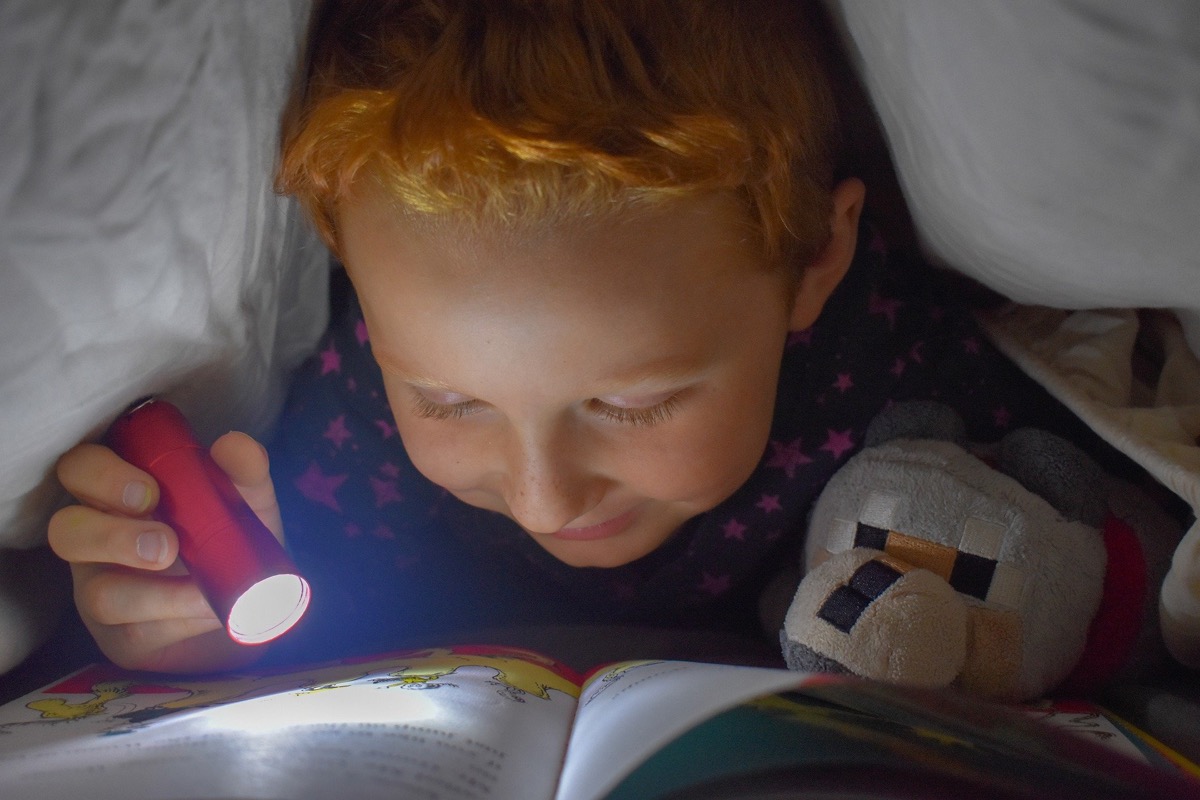
In the childhood education It is necessary to initiate children in instrumental techniques to prepare children, through various exercises, for a faster and better reading comprehension. Therefore, today I wanted to bring you the objectives that they have to pursue so that the child has the necessary motivation to start pre-reading at that early age.
Do not miss everything that we are going to tell you below because we are sure that it will be of interest to you. You will be able to better understand the learning process of reading in children and also devise good activities to do as a family.
Some ideas to get started
Do not miss these data and these ideas that you can use to begin to understand all this better:
- Interest the child through short texts, easy to understand, prompting the child to continue within the reading process.
- Put a fun and suitable material for your mentality so that you can work as you please and with the best possible performance.
- Do not interfere In the learning process, letting the child follow his personal rhythm, do not discourage him from a possible stagnation in his learning.
- No start the actual pre-reading exercises before the 4 years, which is when the child has more stabilized his motor behavior, at the same time that he can fix his ideas.
The pre-reading exercises begin when the language development: conversations, stories, recitations, etc.
Later, pre-reading exercises are started recharging these on the child's imagination, through drill on:
- Object recognition, drawn on cartons that compare each other, noting their differences in shape, color, size, etc.
- Word comparison, after sentences, differentiating their own characteristics.
- Take cards that represent a story known to the children. In view of the images they will repeat the story until they are made something familiar.
- Cut out letters that have previously been drawn, putting the vowels of the consonants in a different color.
- Play with puzzle, advancing their difficulty.
- Distribute cards that have different words, to look for until they get those that they consider similar to the word that has been written.

Guidelines for the development of reading
After this brief introduction, we are going to delve a little more about this topic so that you can help your children with this reading learning, but always respecting their learning rhythms and their evolution.
In schools, children are approached to reading from the age of 4, but they are not really prepared or have sufficient mental maturity to be able to read. It is from the age of 7 when the intellectual maturity of children be more prepared to start reading and therefore, a pre-reading can be initiated more effectively so that children can develop their ability to read.
Remember that, as we have already mentioned several times, at four years old children are still in magical thinking and symbolic play, and here they must continue! They need to stay at this stage for their mind to develop properly.
When is it ready
For children to be able to read and for reading comprehension to be effective later, you will need to take into account the following factors:
- Physiological
- Psychological
- Cognitive
- Emotional
- Environmental
For this reason, there are many schools around the world and educational methodologies that do not think that children start reading until they are 7 years old. They respect their evolution and their mental maturity so that they can be children.
What does it mean to be children? That they are able to explain their environment, to experiment through the senses, to learn values of coexistence and for oneself, that they feel the gratification, that they learn from their mistakes and above all, who have an intrinsic motivation towards learning so that reading becomes something wonderful ... instead of something tedious and boring.

Pre-reading: developing the ability to read
The pre-reading is what goes before the reading itself. Try to decode the letters in the words to be able to join them and thus read them. It takes suitable material and a lot of motivation.
They can use words they know, recycled materials ... put all the letters and form words that are accompanied by their drawings so that they are able to mentally match the word with the concept it defines.
The choice of words can be done according to your tastes, interests or life. They can be words that take into account the following categories:
- Affective. They can be names of loved ones, one's own name, "brother", "mother", "father", "grandfather", "grandmother", "uncle", "aunt", and so on. The more affective and emotional charge that word contains, the better.
- Cognitive. Words different from the environment, that have repeated syllables (something easy to learn), that repeat vowels or consonants, etc.
It is necessary to bear in mind that clarity of perception is essential for children to learn earlier and better. Large, thick letters with different materials and bold colors are great ideas for working on the pre-reading.
The letters have to show a handwriting that resembles the letters that they will write in the future. Therefore, block letters are not a good choice. The "Memima" typeface or font is a good choice, for example.
You can work on the words at specific times or distribute them around the house so that the children can recognize the letters and words. You can even put the posters of the words around the house and at the same time, have a nice box with the words and the images of each word nearby to be able to search word and image.

For example, in the case of family members, real photographs can be added to give more emotional weight to the activity. Another idea to work on pre-reading is for the children to draw the letters with their hands; with paint, in the air, etc.

Now that you know more exercises and have more knowledge about how it helps your child with pre-reading, feel free to create your own family play activities. Your children will be delighted to spend quality time with you, and you will be delighted to see how your mind learns almost as if by magic. And it is that their mind and their learning have no limits as long as they are motivated correctly and provided with the necessary fun materials!